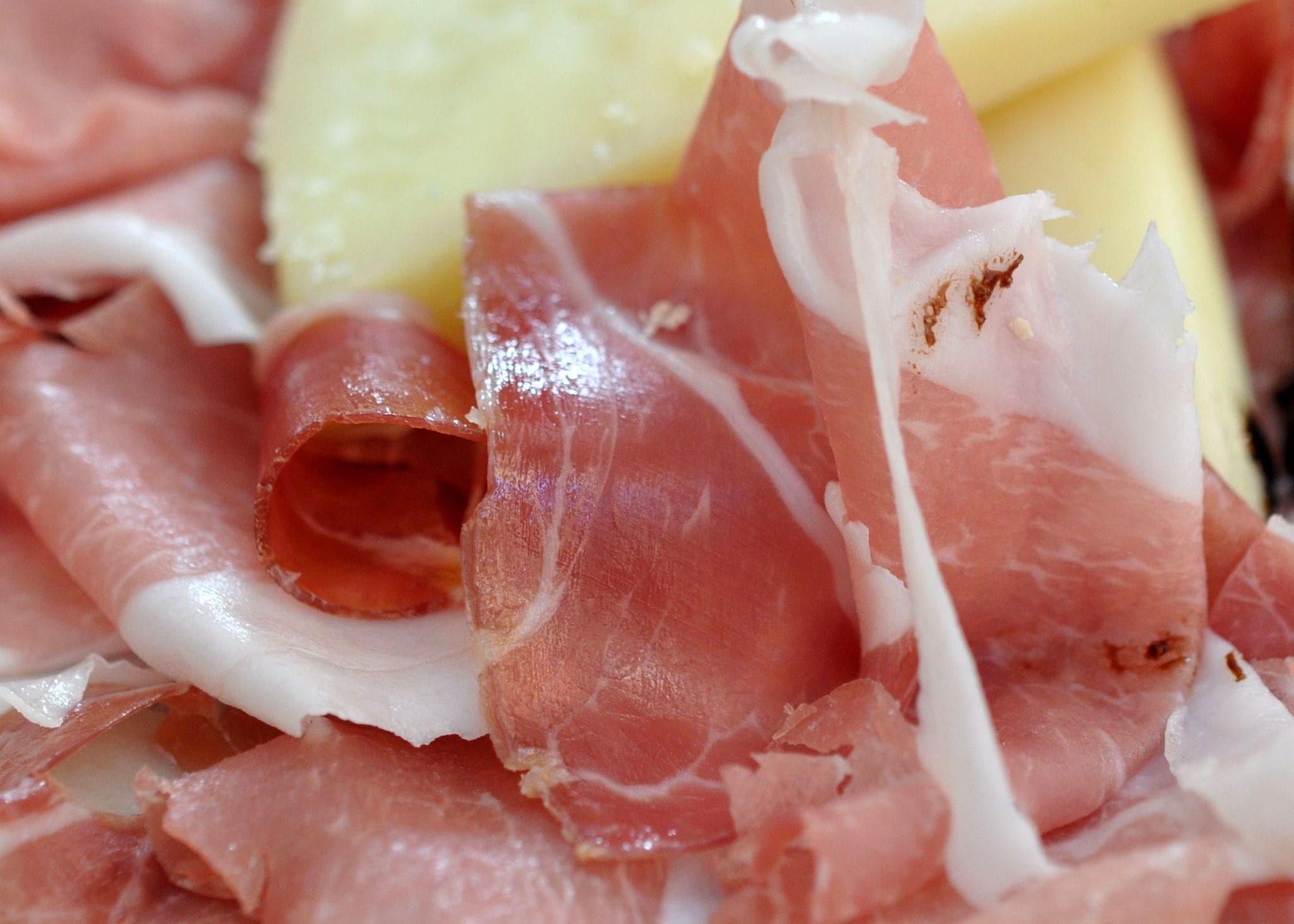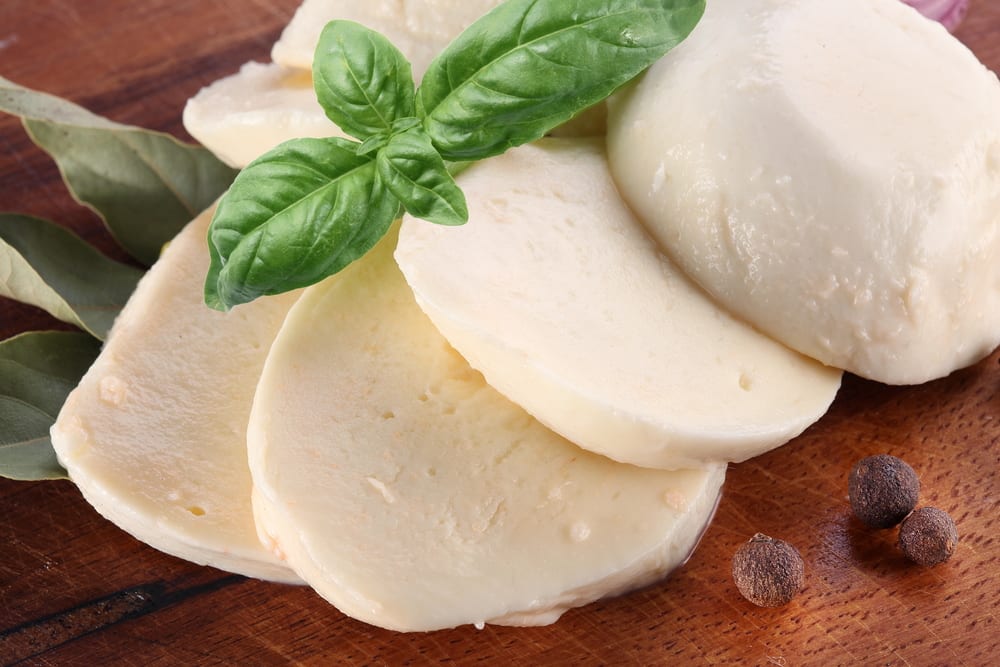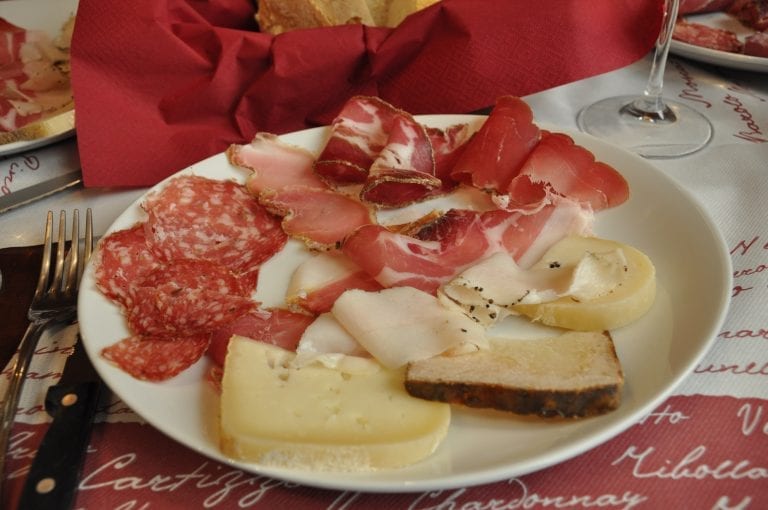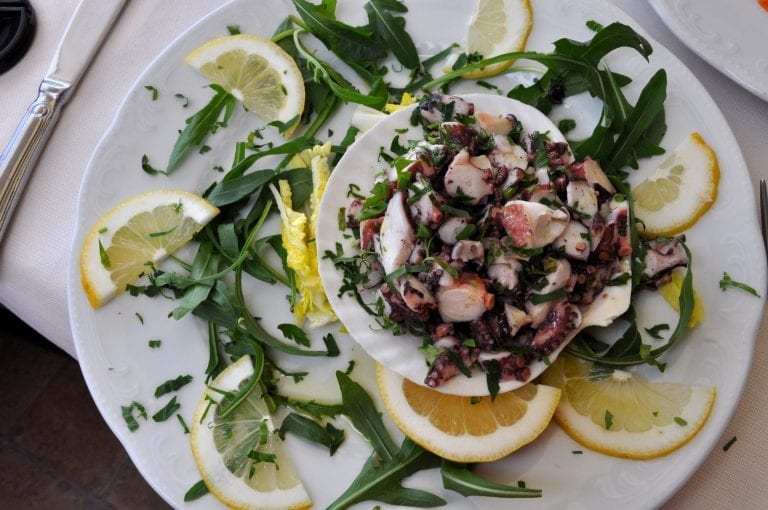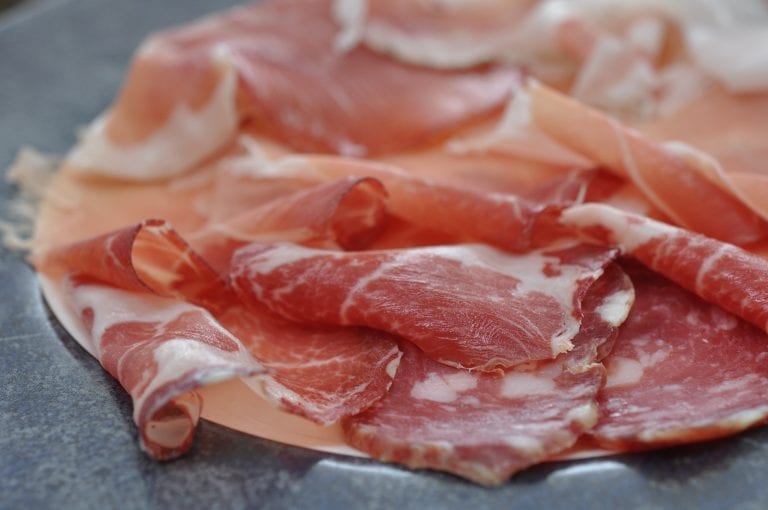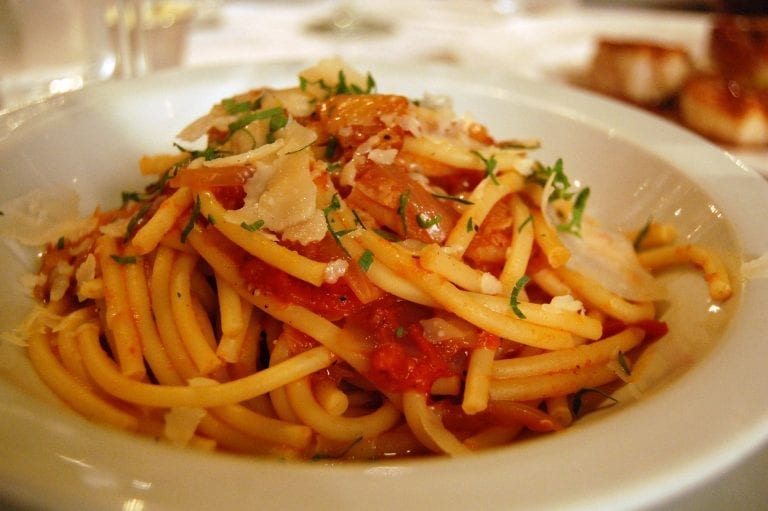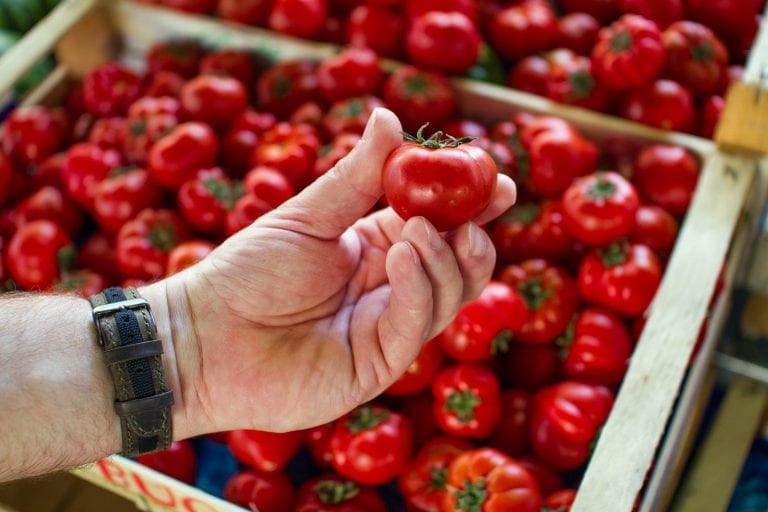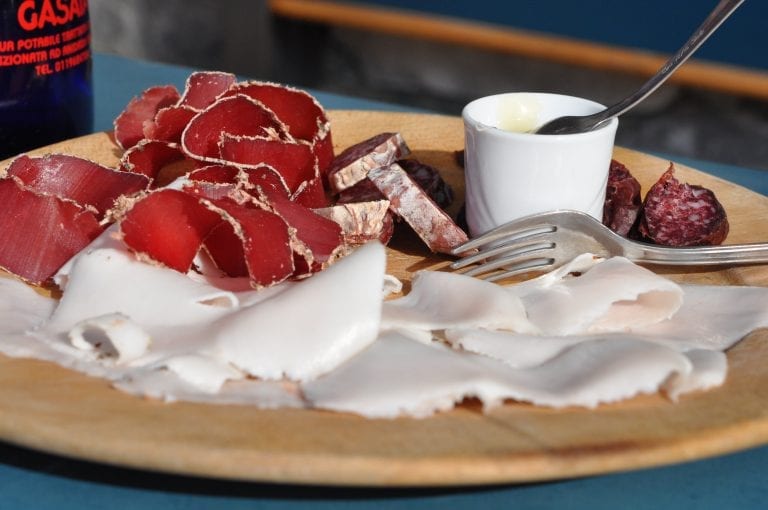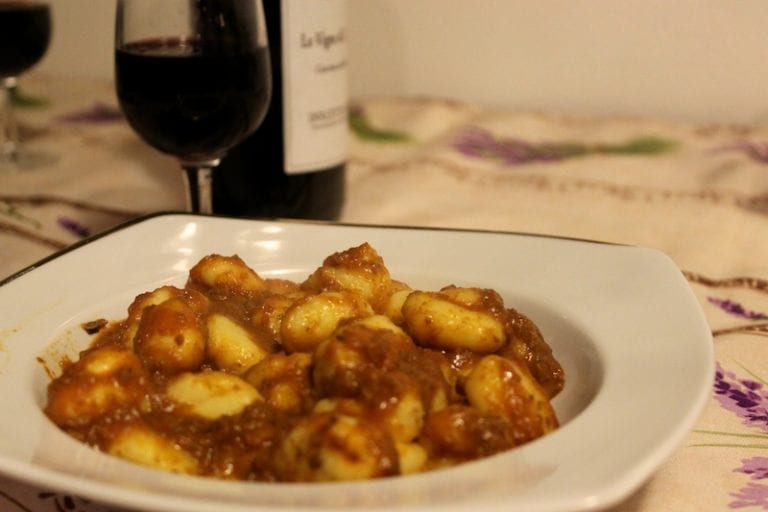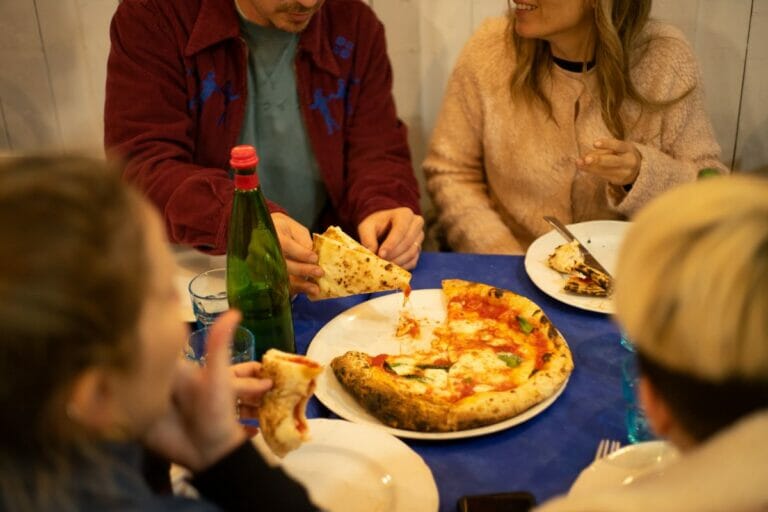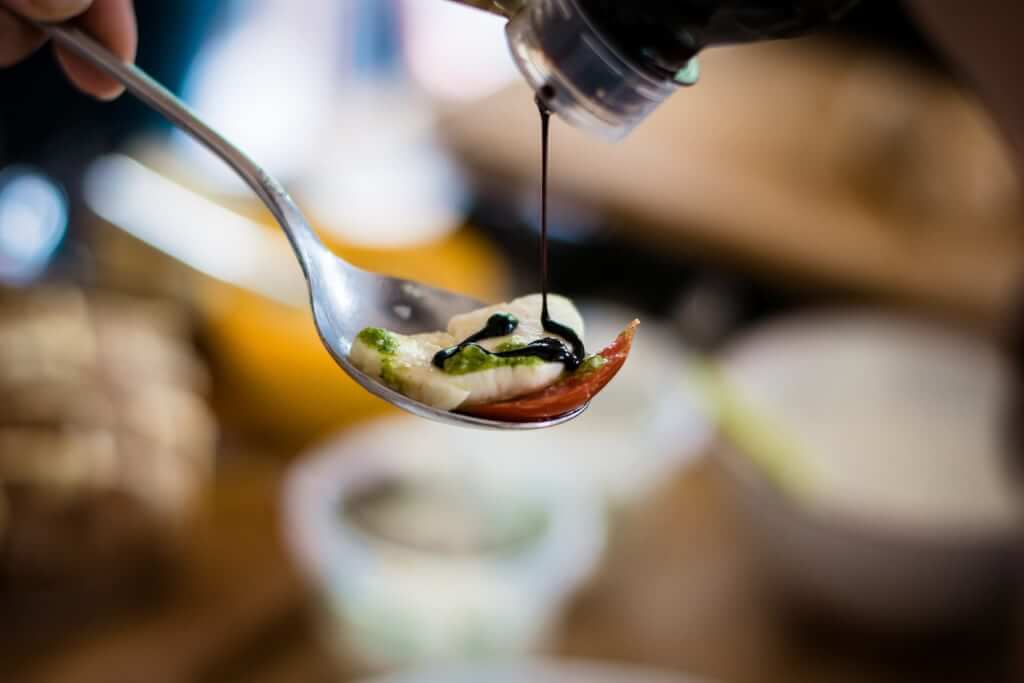
DOP Foods of Italy: A Tale of Culinary Heritage & Top-Notch Quality
July 6, 2023
The next time you’re looking at an Italian food product, look for the DOP label.
Why? Because, just as Italians classify wine with labels like DOC and DOCG, they also certify high-quality foods from Italy with a similar label: DOP. All of these acronyms can be a bit confusing, but they’re important to know about because they guarantee that what you’re eating is a local Italian delicacy. No imitations allowed!

If you want to try the best foods in Italy, you have to know what the DOP label means.
As supporters of sustainable food and travel, we encourage you to enjoy DOP products to get the most authentic tastes of Italy. Here’s what to know about DOP and the esteemed Italian foods that carry this prestigious label.
What does DOP mean?
DOP stands for Denominazione di Origine Protetta (literally “Protected Designation of Origin”). As the the name suggests, this certification ensures that products are locally grown and packaged. And it makes a promise to the consumer – it’s a guarantee that the food was made by local farmers and artisans, using traditional methods. In fact, by law, only DOP products like balsamic vinegar can carry the word “traditional” on their labels, because they adhere to local traditions.
So the DOP label may bring a higher price tag with it. But it also promises the highest quality.
How does a product receive the DOP label?
Italian specialties get DOP recognition by following a strict set of guideline. Every step, from production to packaging, is regulated.
Of course, not all local Italian specialities are recognized as DOP. Even more confusing, though, you have to always look for the DOP label to ensure the product is DOP. For example, mozzarella di bufala (buffalo mozzarella) is a DOP product. But only certain brands carry the seal. Other types of mozzarella di bufala, therefore, aren’t necessarily made in the traditional way, with the traditional ingredients; only the DOP varieties are. Here’s more about buffalo mozzarella, one of our favorite Italian specialties – especially when it’s DOP-certified.
What’s the difference between DOP and IGP?
“DOP” isn’t the only label. You may also find the IGP, Indicazione Geografica Protetta (“indication of geographical protection”), label on Italian products. While also well-respected, this certification is less strict than DOP. IGP traces food specialities back to their geographical origin to at least one phase in production – but not to all phases, like the DOP seal ensures.
How do you find DOP foods?
Want to really taste the difference between an authentic Italian food… and its imitators? Then keep an eye out for the red and yellow DOP label, always including a serial number, on packaged goods. When eating out, examine the menu carefully – some restaurants will write DOP next to the relevant ingredients.
Curious about which foods are DOP certified? Here’s a list of some of our favorites.
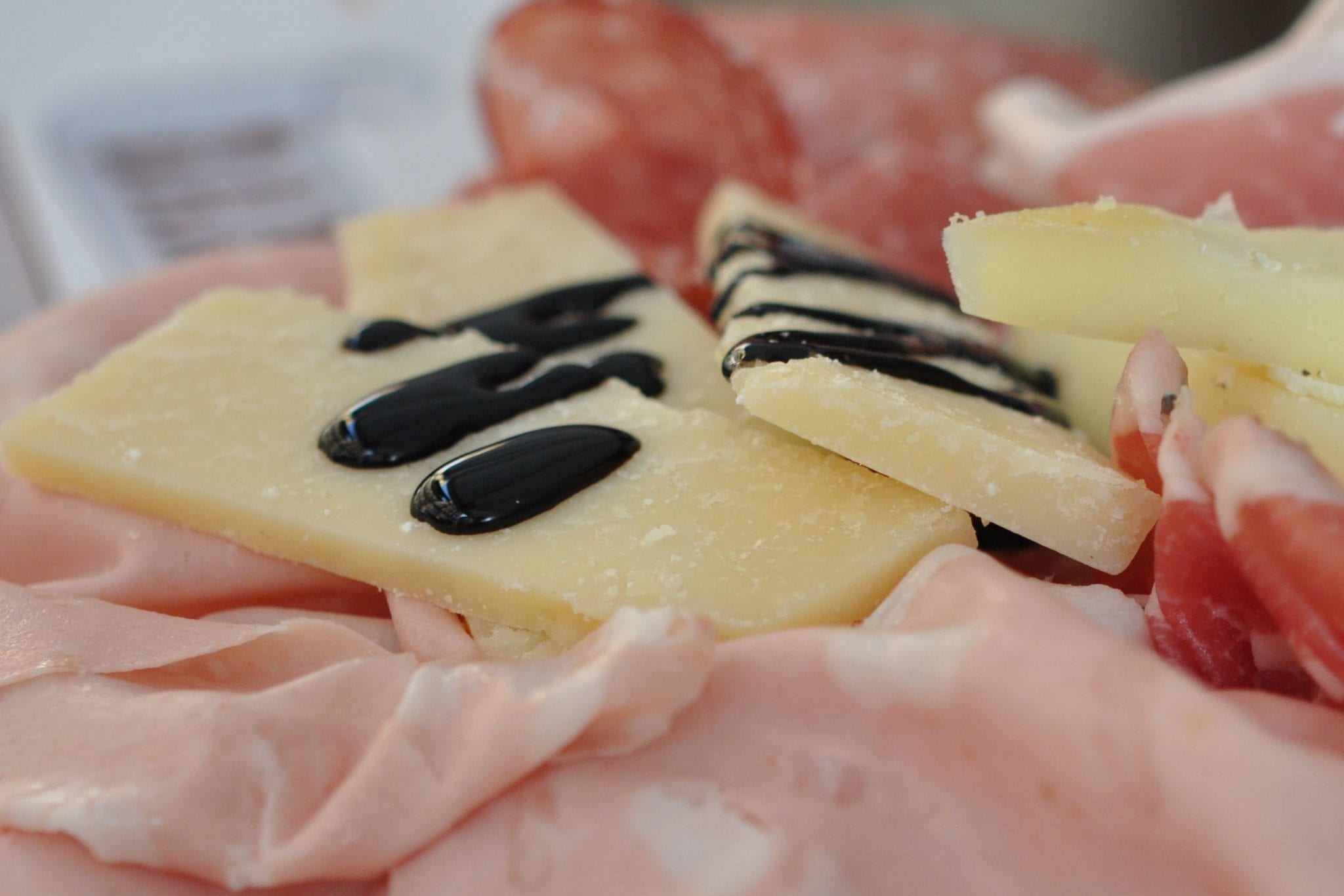
Whether on a tomato-brushed bruschetta or drizzled on Parmigiano-Reggiano, we adore DOP certified balsamic vinegar from Modena.
Famous Italian foods with a DOP label
Mozzarella di bufala (Campania, Lazio)
Considered to be more creamy than mozzarella made from cow’s milk, buffalo mozzarella is a true Italian delicacy. It has a unique flavor, texture, and versatility of the cheese, making it popular not only in Italian cuisine but also to cheese enthusiasts worldwide. Love this tasty cheese? Find out some surprising facts about the cheese, from its origins to the production process, in this article on “Everything You Need to Know About Mozzarella di Bufala.”
San Marzano tomatoes (Campania)
Long in shape and bittersweet in taste, these tomatoes are harvested by hand. They’re later crushed, canned… and used to make dishes like pizza and pasta taste out of this world.
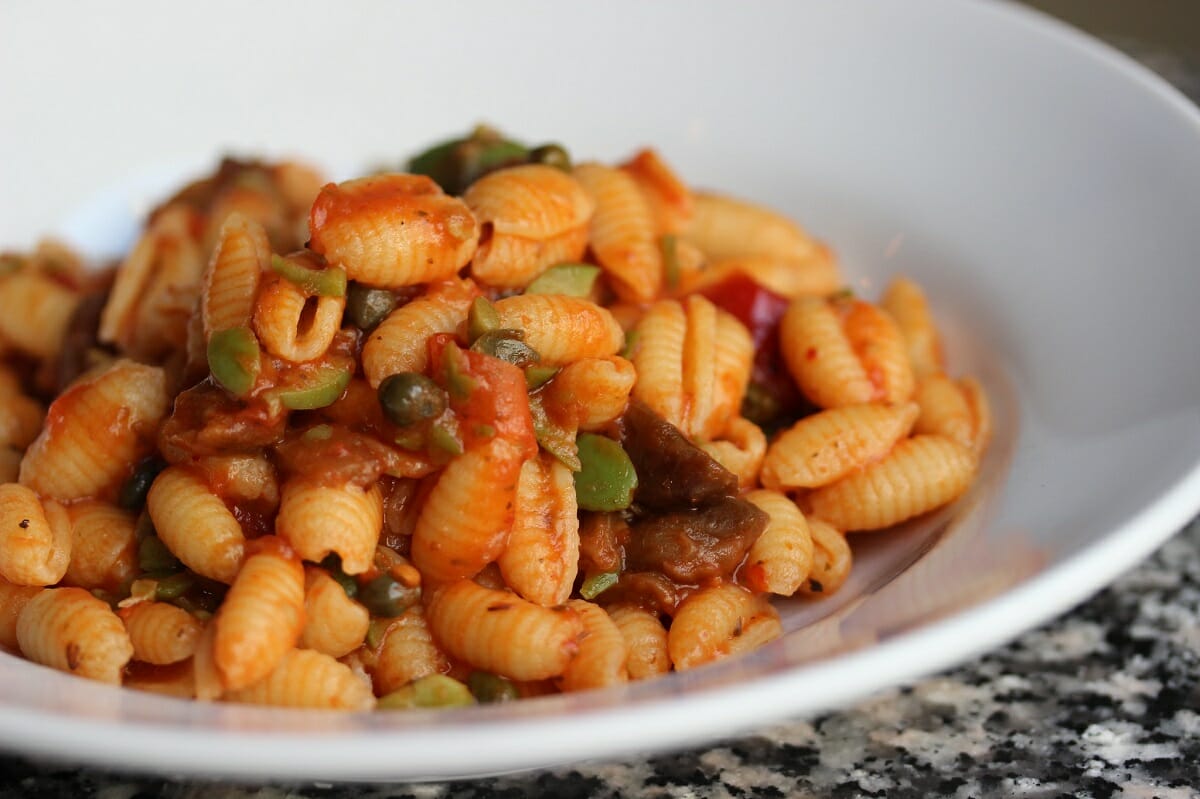
San Marzano tomatoes can elevate even the simplest of dishes. Photo credit: Jameson Fink
Balsamic vinegar (Emilia-Romagna)
DOP balsamic vinegar, from Modena and Reggio Emilia, has a thicker consistency and richer taste than most other vinegars on the market—and can be aged for over 12 years. Discover even more fun facts about balsamic vinegar of Modena.
Olive oil (Abruzzo, Calabria, Campania, Emilia-Romagna, Lazio, Liguria, Lombardia, Puglia, Sicily, Tuscany, Veneto)
This staple has the largest number of DOP varieties of any Italian food specialty, and it comes from many different Italian regions. Some regions even have multiple DOP oils from different areas. Check out our post on the regions of Italy for more about what sets these areas apart.
Also, don’t miss our video on making olive oil in Tuscany:
These exquisite olive oils vary in taste, color and robustness. All, however, have a low acidity and are made of freshly-picked olives. (Here’s more on how olive oil is made, what “extra-virgin olive oil” really means, and other fascinating facts we bet you didn’t know about olive oil!).
Basil (Liguria)
The best basil, beautifully fragrant and green, is believed to come from a small town in the province of Genoa. It’s no coincidence that the same area is famous for pesto—another DOP product in its own right. Here’s what to know about pesto alla genovese and how to make it at home.
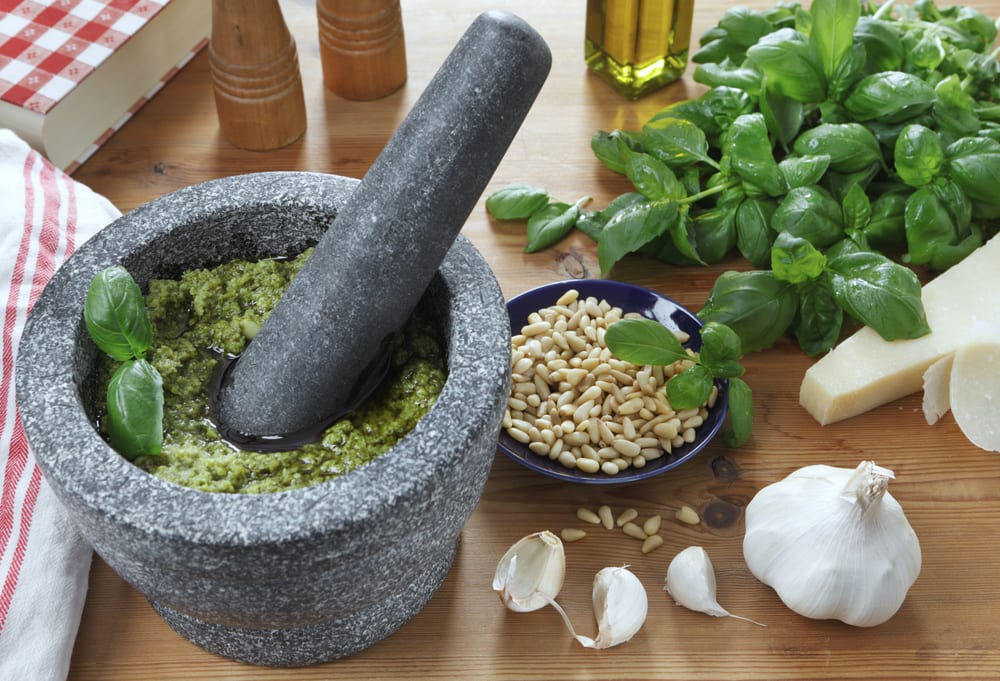
It may sound funny, but basil and pesto are also DOP protected foods!
Parmigiano Reggiano (Emilia-Romagna, Lombardia)
Perfect plain, paired with fruit or grated on a plate of pasta, this hard and salty cheese is aged for a minimum of 16 months.
Don’t miss our video about the elaborate process of making Parmigiano Reggiano cheese:
Prosciutto (Emilia-Romagna, Friuli-Venezia Giulia, Le Marche, Tuscany, Veneto)
Depending on if they hail from Modena, Parma, Carpegna, Toscano, Veneto, San Daniele – the many mouthwatering varieties of savory, smoked ham differ in smokiness, age, and color.
Update notice: This article was updated on July 6, 2023.
Visiting the food-loving region of Emilia-Romagna? Join our Tastes & Traditions of Bologna: Food Tour with Market Visit for a culinary deep dive with a local! Taste recipes passed down through generations and meet the proud locals behind them as you discover Bologna’s beloved foods firsthand.
by Elena Ciprietti
View more by Elena Ciprietti ›Book a Tour

Pristine Sistine - The Chapel at its Best
€89
1794 reviews

Premium Colosseum Tour with Roman Forum Palatine Hill
€56
850 reviews

Pasta-Making Class: Cook, Dine Drink Wine with a Local Chef
€64
121 reviews

Crypts, Bones Catacombs: Underground Tour of Rome
€69
401 reviews

VIP Doge's Palace Secret Passages Tour
€79
18 reviews

Legendary Venice: St. Mark's Basilica, Terrace Doge's Palace
€69
286 reviews









